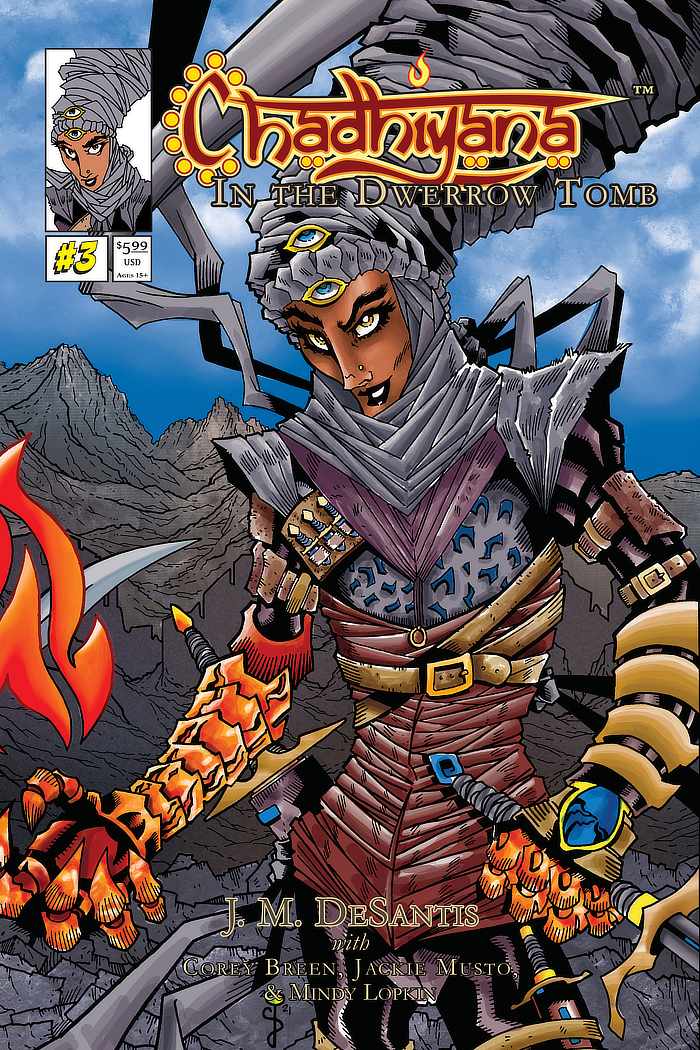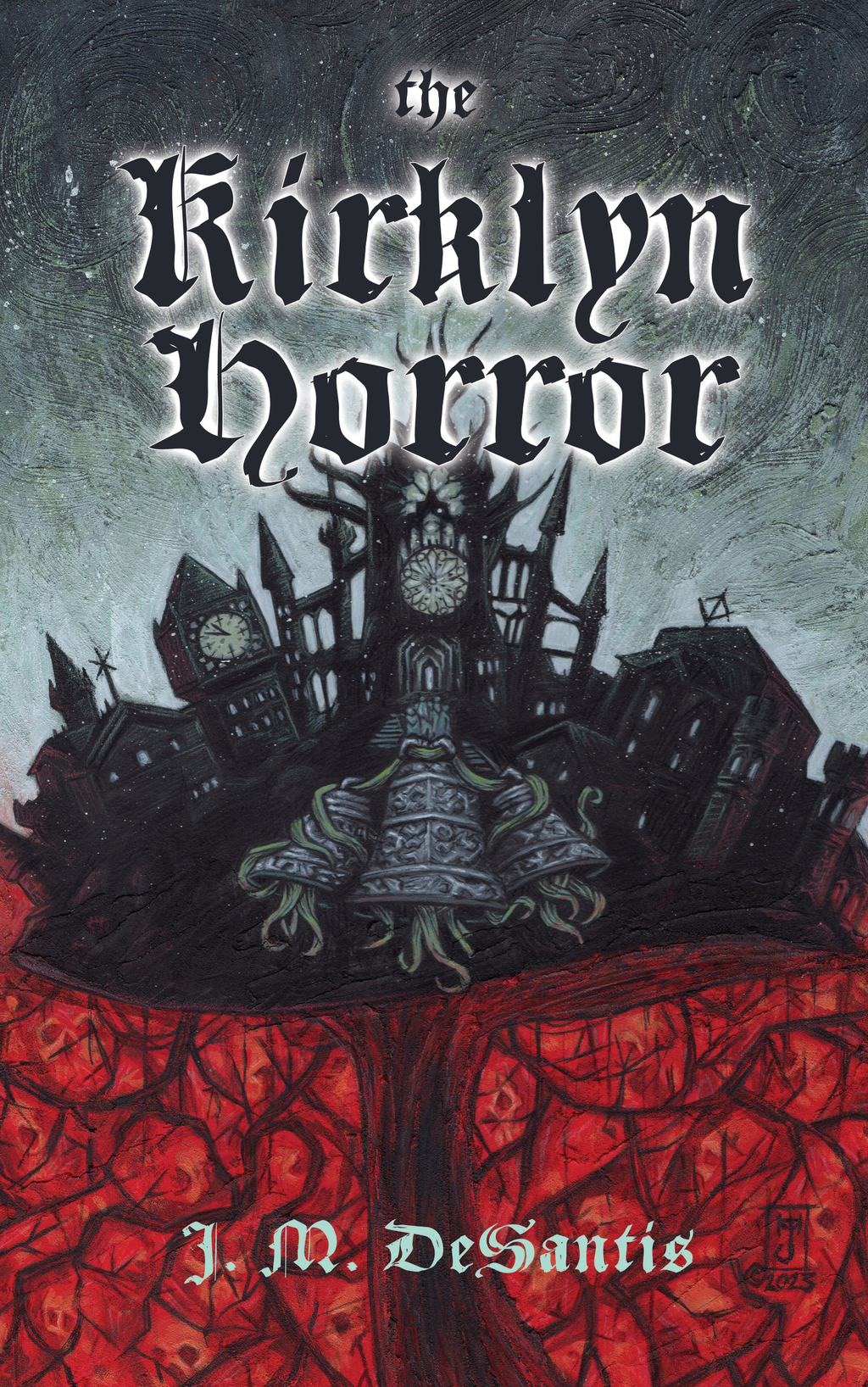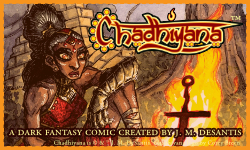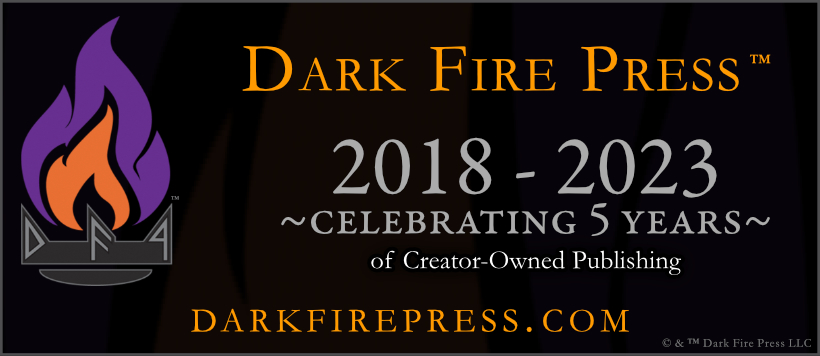Borne from the Soul: Storytelling in Dark Souls

J. R. R. Tolkien once wrote in a letter to a fan, “Part of the attraction of The L. R. [Lord of the Rings] is, I think, due to the glimpses of a large history in the background: an attraction like that of viewing far off an unvisited island, or seeing the towers of a distant city gleaming in a sunlit mist. To go there is to destroy the magic, unless new unattainable vistas are again revealed” (The Letters of J. R. R. Tolkien; letter #247, bottom pg 333).
It’s for this same reason, I believe, George R. R. Martin insists on not presenting a factual history of his Song of Ice and Fire series (The World of Ice and Fire being told from the perspective of a character in that world; vulture.com/2014/11/George-rr-martin-new-book.html). It’s partly why, in my opinion, the second trilogy of Star Wars films was so unsuccessful (aside from the obvious storytelling faults). The rumours I heard about the Clone Wars had built up a story in my imagination greater than anything George Lucas could have presented to me.
Sometimes that little bit of unknown information can be infinitely more enticing than the fully revealed truth. It’s what makes history so intriguing. We can never know all of the answers for a certainty. It’s this precise device which draws players into the stories of the Dark Souls games and their related titles (collectively called the Soulsborne series), and it’s the way the stories are presented which creates such an immersive experience for the player.
Of all the topics discussed about Dark Souls (series), Demon’s Souls and Bloodborne, the story, the lore, is perhaps the most widespread and debated and with good reason. Aside from the fascinatingly tragic and horrific nature of these dark fantasy–and in Bloodborne’s case horror–tales, the lore of the Soulsborne games are presented in bits and pieces. As Troy L. Wiggins so deftly pinpoints in his article, Some Thoughts on Narrative Consumption, or, Why Fantasy Writers Should Play Dark Souls, the story is presented in “the descriptions of items, in the subtext of NPC dialogue, in inference, smoke and darkness” (afrofantasy.net/2016/03/25/some-thoughts-on-narrative-consumption-or-why-fantasy-writers-should-play-dark-souls/).
Every bit of story is somehow remote and unclear, like a whisper or a rumour (and I’ll go back to the rumour bit a little later), but nothing concrete is ever given to you. And so, the player is left to dig deeper, and in the end form their own conclusions about the story. It’s a wonderful way to tell a story, having the player themselves become part of the storytelling process, inventing bits as they go, reconsidering their conclusions if new, conflicting information is revealed. And though this is a well-known trope of the role-playing genre, Soulsborne games developed it to new heights. As I stated in last week’s piece on the experience of the Soulsborne games, there is a bit of art imitating life here as well.
As people, we hear stories, see events and piece “facts” together with our own biases and opinions. At our worst, we jump to conclusions (often, but not always, proven wrong). Historical discoveries work in a similar way, with no decisive facts being proven, only some facts and some interpretation.
Interestingly, the source of inspiration for this storytelling device wasn’t necessarily our broad experiences in life, but rather series creator Hidetaka Miyazaki’s own childhood experiences. A well-known anecdote amongst the Soulsborne community is that Miyazaki was an avid reader as a child; however he didn’t always understand every word in the books he read. Often the young Miyazaki would fill in the blanks (as it were), giving him the feeling that he was “co-writing the fiction alongside the original author” (theguardian.com/technology/2015/mar/31/bloodborne-dark-souls-creator-hidetaka-miyazaki-interview).
Thus are we given the story in a similar way to what Miyazaki himself experienced. Characters tell us things, they make references, they give us just enough context but never indulge in long monologues. Items found within the world are paired with bits of text which, like the characters, tell in just a few obscure sentences something about a character, item or location. It’s reminiscent, in my opinion, of the flavour text on Magic: The Gathering cards. They hint at a great, deep history surrounding the game, but one which the player (at the time I played the game, before comics and books based in the MTG world were published) could only piece together if they did the detective work of reading through all of the cards (and don’t think the idea didn’t cross my young mind).
Yet the storytelling experience of a Soulsborne game goes a bit deeper than item descriptions and snippets of dialogue from strangers you meet in-game (though both are important in their own right). The entire game is designed to tell the story of the world you are in. One gets the sense that even the bricks of the castles you traverse have their story (and perhaps some do), and so item placement as much as the descriptions you read on them are important. Found armour on a knight’s corpse leaning against a tree in a swamp? Well, that may have significance. Learning more about both the knight and the swamp will give you clues to the story of that unnamed character, much of which will probably help you to flesh out the stories of other events, characters and places in the world.
It has a similar sense to (if you’ve ever experienced this) hiking on a trail and coming upon an old, dilapidated building. You pause for a moment and wonder about the history and eventual downfall of the place. Of course, nowadays the immediacy of the internet can ruin the fun of this, but without it is the wonder. You might decide to explore the place (if you can and it’s not too structurally unsound) or you might move on, but your imagination and interest is already piqued.
Though, along with its mysteries is one more storytelling method the games employ and which further complicate the player’s interpretation and understanding of events (and my favourite of all the methods the games employ): the unreliable narrator.
As the name suggests, this is a character (usually the narrator in a work of literature or in film) who’s perspective on things cannot be trusted. The worlds of the Soulsborne games are filled with people and even descriptions of this sort. Whether crazed, misinformed, liars or people with their own agendas and perspectives, the player cannot always trust what they are being told, and so the mind must work out the puzzle, gleaning the truth from all the information given, and deciding for themselves what “reality” is. Again, nothing comes easy in the Soulsborne games.
It’s why Artorias was such an intriguing character for me, even before the Dark Souls DLC was released. Descriptions about this great and legendary knight are contradicted by Alvina, a once companion of the legendary knight (“The legend of Artorias art none but a fabrication. …Traversing the dark? ‘Tis but a fairy tale. Have thine own respect, go not yonder knocking for nothing, I say!” ~ from her in-game dialogue). And once the DLC was released, the truth of his legend was revealed and, as usual in the Soulsborne games, it was tragic to behold.
The Maiden Astrea in Demon’s Souls was a similarly contradictory and debatable character, with different characters having different opinions about her, forcing one to draw their own conclusions. Only one might say Demon’s Souls was more successful in that it never gave you an answer to Astrea’s story. The player in the end was left to decide, was she a saint or a sinner?
I could write endlessly about this topic and its examples. It’s something I love also about George R. R. Martin’s work and in fact (and not to spend too much time on my own work) it’s a storytelling method I’m trying to use in my current comic series, Chadhiyana: In the Company of Shadows (“Shadows” the title itself has a double meaning). And like everything else in the Soulsborne games, this too reflects our experiences in life. We speak to people and they tell us stories or things they’ve heard. Sometimes the information is reliable. Sometimes we’re getting their interpretation or misinformation. Sometimes they lie out of their own bias or motivations. Do we take the information for granted? Do we dig deeper?
All of this (and probably a great deal more than I’ve the space to write about) helps create the immersive experience of playing a Soulsborne game. Though as I wrote in last week’s article, the gameplay of the Soulsborne games are as much part of the player’s experience and immersion as the story–in fact, gameplay in the Soulsborne works as a storytelling device as well. And that’s precisely the topic which I’ll tackle next week.
So, until then, may the flames guide your way.













